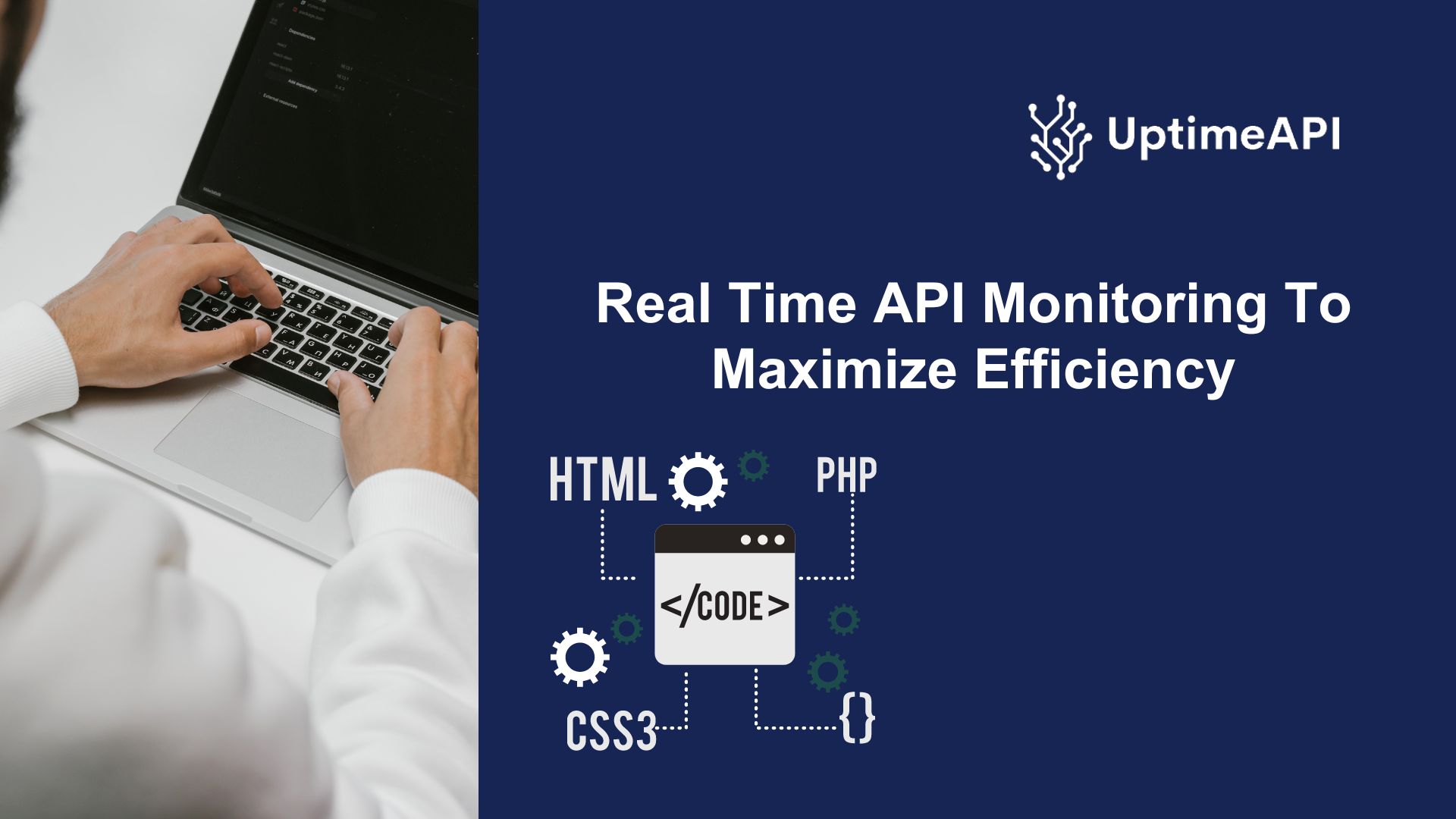Real Time API Monitoring To Maximize Efficiency

APIs, or application programming interfaces, are the backbone of connectivity in today's digital world. They allow data to be exchanged and systems to communicate with each other seamlessly. Robust Real-Time API Monitoring solutions are essential to ensuring maximum performance and dependability as businesses depend more and more on APIs to supply goods and services.
Significance of Real-Time API Monitoring for Efficiency Optimization
The absence of real-time insights into API performance presents serious problems for standard monitoring techniques. Organizations may find it difficult to identify problems in a timely manner without timely visibility into performance data, which could cause service delivery disruptions and possible revenue loss. This highlights how crucial real-time API monitoring is for optimizing efficiency and proactively resolving issues.
Due to their reliance on manual interventions or sporadic checks, traditional API monitoring techniques frequently offer little insight into real-time performance. The customer experience and overall service quality may suffer as a result of this reactive approach's potential to cause delays in issue detection and resolution.
The lack of real-time insights into API performance is one of the main problems with traditional API monitoring. Without ongoing oversight, companies could miss important problems that have a negative impact on customer service and corporate operations. The incapacity of conventional monitoring techniques to identify problems quickly is another drawback. When problems are discovered, they can have progressed, leading to interruptions in the provision of services and possible monetary consequences for the establishment.
Impact of Inefficient Monitoring on Business Operations
Ineffective API monitoring can result in service delivery interruptions, which can be inconvenient for users and negatively impact their overall experience. Customer loyalty and trust can be damaged by slow response times or frequent outages, which can harm an organization's brand. Additionally, firms that experience API outages may suffer major financial losses due to lost income and missed opportunities. Strong API monitoring solutions are essential for enterprises in the competitive world of today, where every second matters.
Uptime API

You can keep an eye on your APIs with the Uptime API. It functions by progressively verifying that your APIs are operational and functioning as planned. Setting up monitoring is simple. Before you can set up monitors, you must be able to modify the watch's timeouts and intervals and know the URL of the target API endpoint to be inspected. You are able to monitor changes in API uptime and performance over time because the API offers historical data and analytics. Make your logs available so you can investigate any API problems.
The Uptime API features monitoring intervals that control how frequently it checks the functionality of your API and timeouts that control how long it will wait for a response. These settings allow you to customize the monitoring to your requirements and tastes. Furthermore, you may choose which contacts receive dashboard notifications and alert alarms. After then, you may use this to let your team know. Select from an array of adjustable options featuring different monitor capacities to obtain the monitoring package that most closely matches your needs.
All prices are displayed in US dollars. All major credit and debit cards are accepted. One of the most reputable businesses in the payments industry, Stripe, powers the payment system that makes use of the most recent security technology. Furthermore, you won't need to upgrade to a more costly subscription in order to use the Uptime API for thirty days.
